What Lies in the Multiverse

Anyone who’s ever lost an argument by virtue of not having the quick wits to think of the perfect comeback until after the event will know all about parallel universes. They’re those places that we conjure up in the imaginations of the shower, where we level our quip at our opponent in pristine fashion and the whole outcome of our lives is changed as a result of one simple retort. Or so we wished. It would be undoubtedly fun to explore these alternate dimensions that are eerily different to our own, and now we can give it a go thanks to Studio Voyager and IguanaBee and their fun pixel art platformer, What Lies in the Multiverse.
At A Glance
| Scores | |
| Visuals | 7 /10 |
| Sound | 6 /10 |
| Gameplay | 7 /10 |
| Overall | 7 /10 |
| Positives | + Characterful pixel art style + Simple, but engaging universe-shifting mechanics + Well written characters |
| Negatives | – Puzzles a little on the simple side – Tone of the story all over the place – Controls sometimes unresponsive |
| Price (When Reviewed) | £13.49 |
| Our Playtime | 6 hours 30 mins |
| Available On | PS5, PS4, Xbox Series X|S, Xbox One, Nintendo Switch, PC |
The story begins as our unnamed protagonist, referred to only as ‘kid’, is in his bedroom, putting the finishing touches to a computer program which he hopes can calculate every possible outcome of an action in order to simulate parallel universes. His program is successful but unexpectedly causes him to be dragged into a different dimension, beginning a chaotic journey through multiple worlds alongside a host of colourful characters. The most memorable of the bunch is the kid’s chief companion, an eccentric interdimensional traveller called Everett, who jumps from one world to the next using a trinket called a voyager. The purple-hatted Everett is on a mission to research some strange goings on across the multiverse, and excited at the prospect, the kid strong arms his way into the adventure as his assistant, unaware of Everett’s rather shady past.
As the player, you have to help the kid navigate across multiple universes in order to reach Aisle Island, the epicentre of the mysterious happenings in the multiverse. In game play terms, you’re able to have the kid switch between two alternate versions of the same level at the push of a button – one is an everyday manifestation of the world, and the other a frightening post-apocalyptic hellscape. You have to flick back and forth between universes to avoid obstacles and open up new paths, and make use of the differing terrain to collect keys and continue on your journey.
As you progress through each chapter, Everett has you use a different alternate universe to navigate around, and each one has its own mechanics and dangers. There’s a frozen world that allows the kid to pick up momentum on the ice, a wild dimension where plants have reclaimed the city and offer handholds to climb on, and even a world where gravity is completely inverted! Flitting between different worlds is lots of fun and certainly gives the impression that there are countless perilous universes running alongside our own, helping to emphasise some of the darker elements of the story that I’ll touch on later.
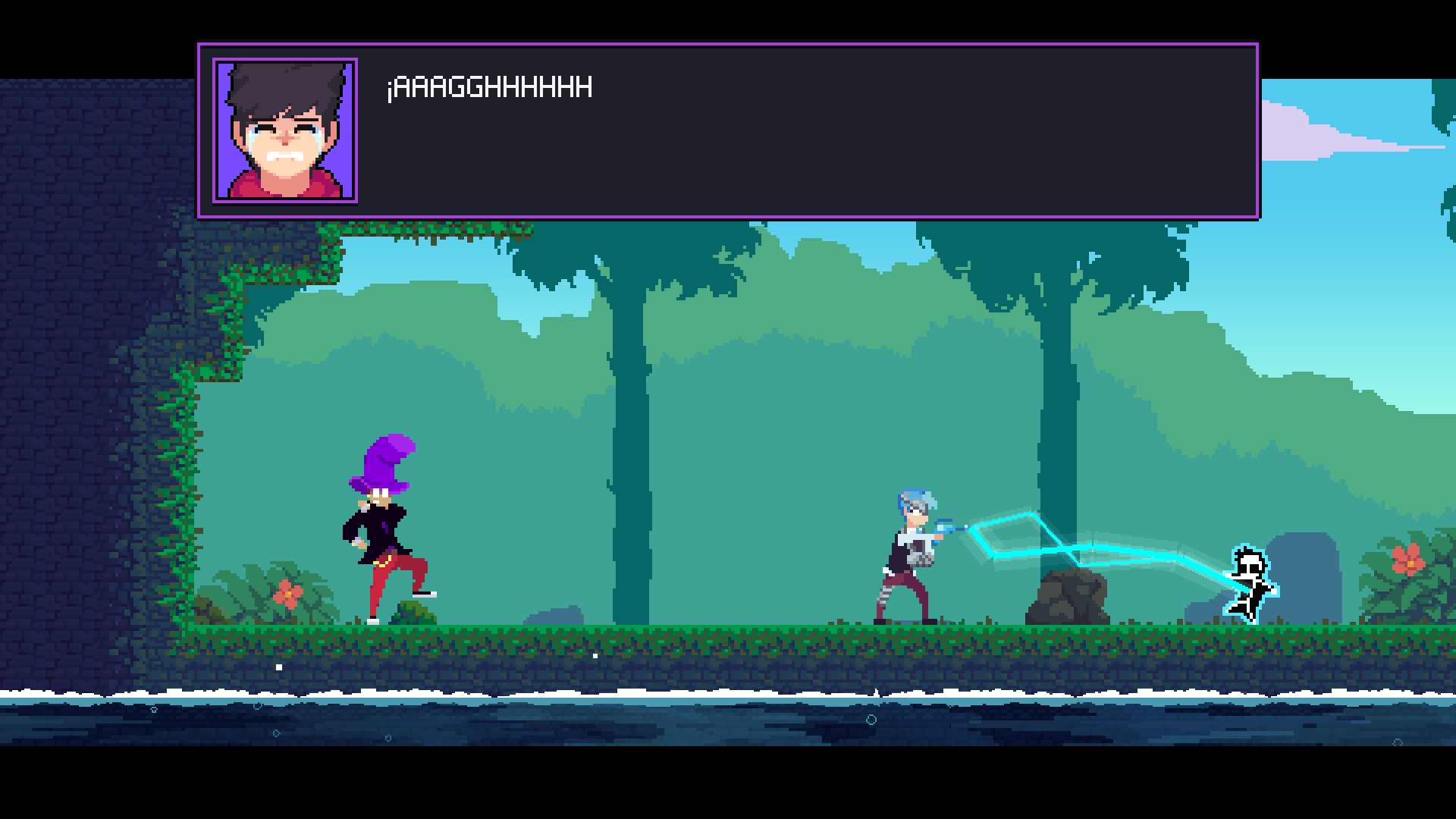
I was worried early on in the experience that the swapping mechanics would quickly get stale, but alongside the dimensions and their individual mechanics, the developers introduce a number of recurring obstacles that make you reassess how you approach each puzzle and helps keep things fresh. Good examples are ubiquitous items that exist and must be utilised in both realities, and interferences, which are spaces of broken reality that the kid passes through in a single straight line and forces him to switch between realities whether you want him to or not. All the mixing and matching of mechanics certainly kept things from becoming too samey, and I’m glad to say I was still enjoying the puzzles as I entered the endgame, some six hours in.
But while the game was certainly varied enough to keep me interested, I didn’t feel like I was ever especially challenged with how to solve a puzzle, and the solutions were mostly on the simpler side. Players who like games that require a certain amount of head scratching will probably find What Lies in the Multiverse too vanilla for their tastes, but I wasn’t personally upset at the difficulty level, as it helped keep any potential frustration at bay and keep the story flowing.
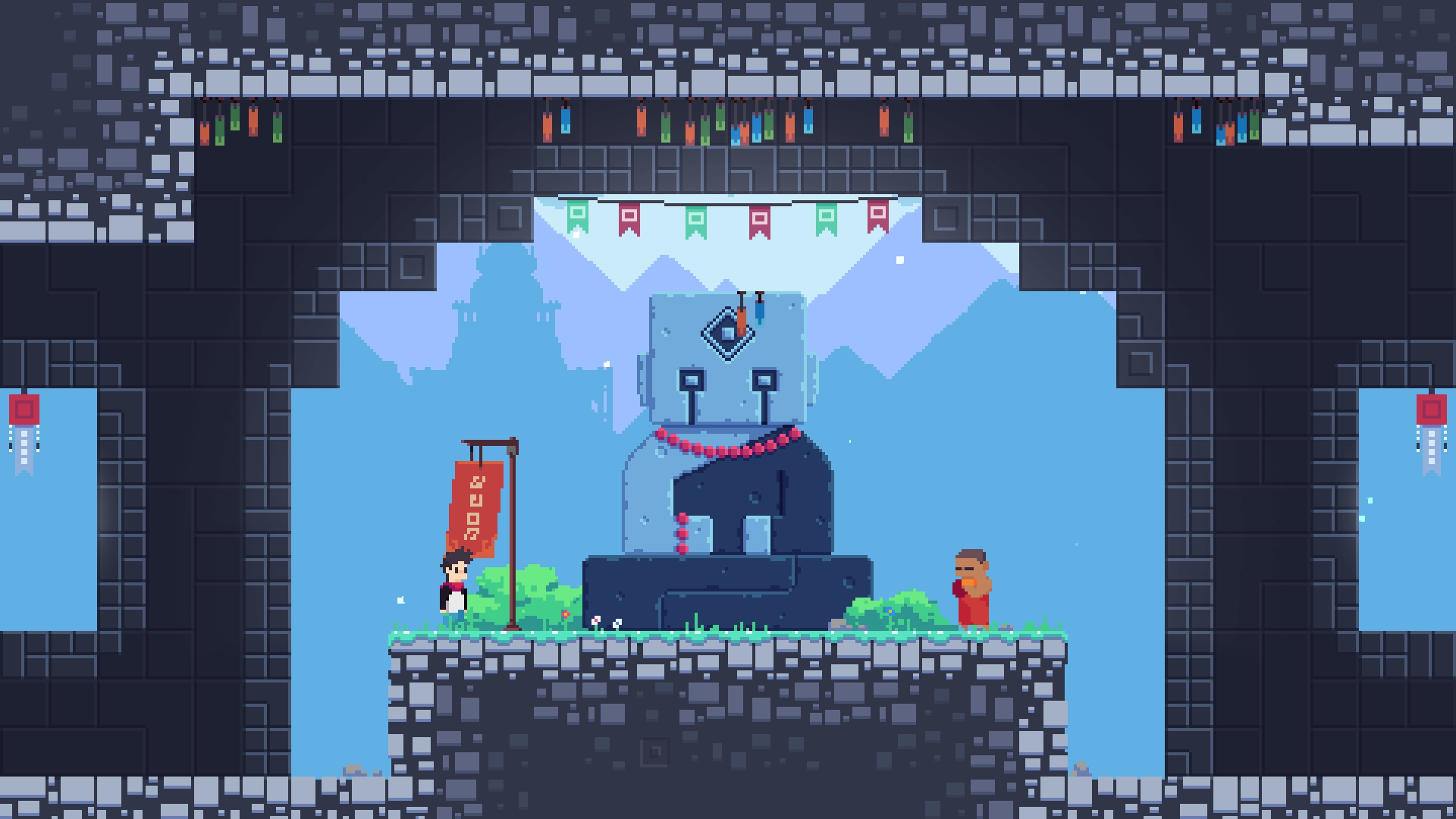
And speaking of the story, What Lies in the Multiverse has an interesting plot line that’s pulled along by a host of interesting characters. The kid and Everett are pursued throughout the multiverse by members of Zenith, a group wishing to police travel between dimensions in the interest of keeping the whole multiverse safe. This ragtag bunch turns out to be a rather inept but amusing lot, with the wily Everett running rings around them for much of the game. The group’s leader, the thoughtful and often melancholy Leo, was my favourite, but I enjoyed the underappreciated Lise and the fatherly Sagan a lot as well, with both bringing a depth to the game that I hadn’t expected when I began playing.
The characters themselves are nicely written and play off each other well, but I struggled a little with the overall tone of the story, which at times can pinball from goofy anime slapstick, to bleak existentialism, to fourth wall breaking meta-narration all within a single scene. Perhaps wishing to mirror the duality of the gameplay mechanics, the storyline too flip flops back and forth between very opposing themes, with topics of loss and depression replacing carefree joviality at the drop of a large purple tophat. There are undoubtedly some laugh out loud moments -and the more sombre scenes are well written too- but it’s hard to truly applaud the storytelling because tonally – it’s all over the map. I can see what they were going for, but I was left feeling like everything was clumsily disjointed as opposed to intentionally dichotomous.
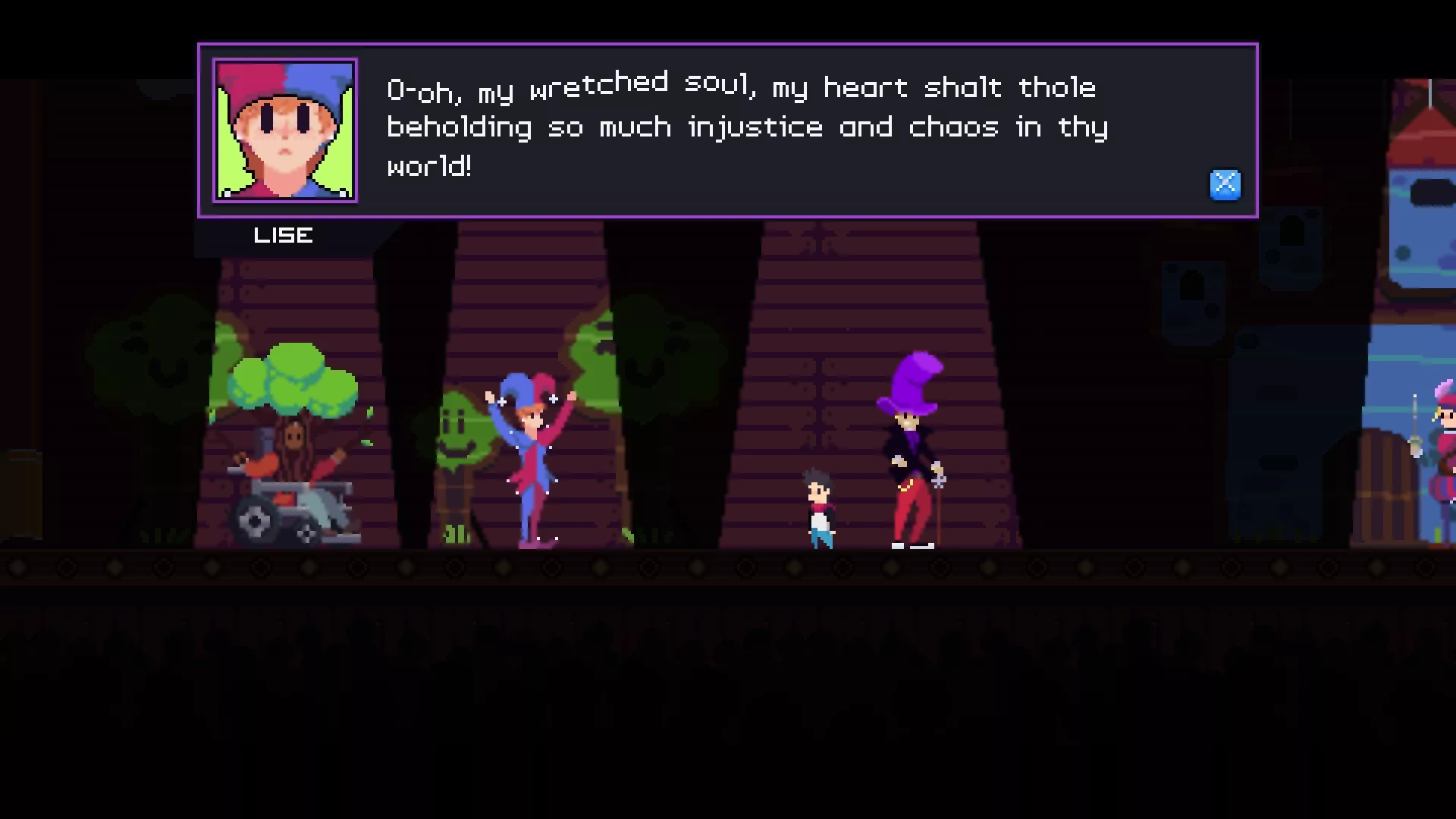
From a more technical point-of-view, I like the way that What Lies in the Multiverse is put together; pixel art styling will always be a favourite of mine and there’s a lovely balance struck between detail and simplicity with the graphics here. Like their personalities, the characters are wonderfully unique and stand out from one another, and the level backgrounds are lovely to look at as well. I particularly enjoyed comparing the differences between each landscape as the kid flicked from one universe to the next, and the subtle environmental storytelling again helped to add some meaningful substance to a game that could honestly have gotten by on mechanics alone.
Perhaps my only objective gripe with What Lies in the Multiverse is that on occasion the controls, which are wonderfully simple and require just the control stick, jump, and shift universe buttons, could feel a little spongy and unresponsive. This mostly seemed to impact the game when the kid was falling, and sometimes resulted in him plummeting to his untimely death instead of shifting dimensions and saving himself at the last moment. Did this happen all the time and make the game unplayable? Definitely not. But it did happen enough that I took notice and let out an expletive or two. Thankfully, the checkpoints are very forgiving and you’re not left replaying much before getting back to the scene of the accident, so this is more of an annoyance than a fully-fledged problem.

What Lies in the Multiverse is a playful and meandering adventure through time and space that manages to offer a real sense of drama alongside its simple puzzle-platformer mechanics. Shifting between universes to plot your route through each level is fun (if not a little easy), but there’s plenty of interesting tweaks to the gameplay to keep you interested throughout. The enjoyable story, while a little scattershot in tone, is carried by a quirky cast of characters that help make What Lies in the Multiverse an entertaining way to wile away an afternoon or two.

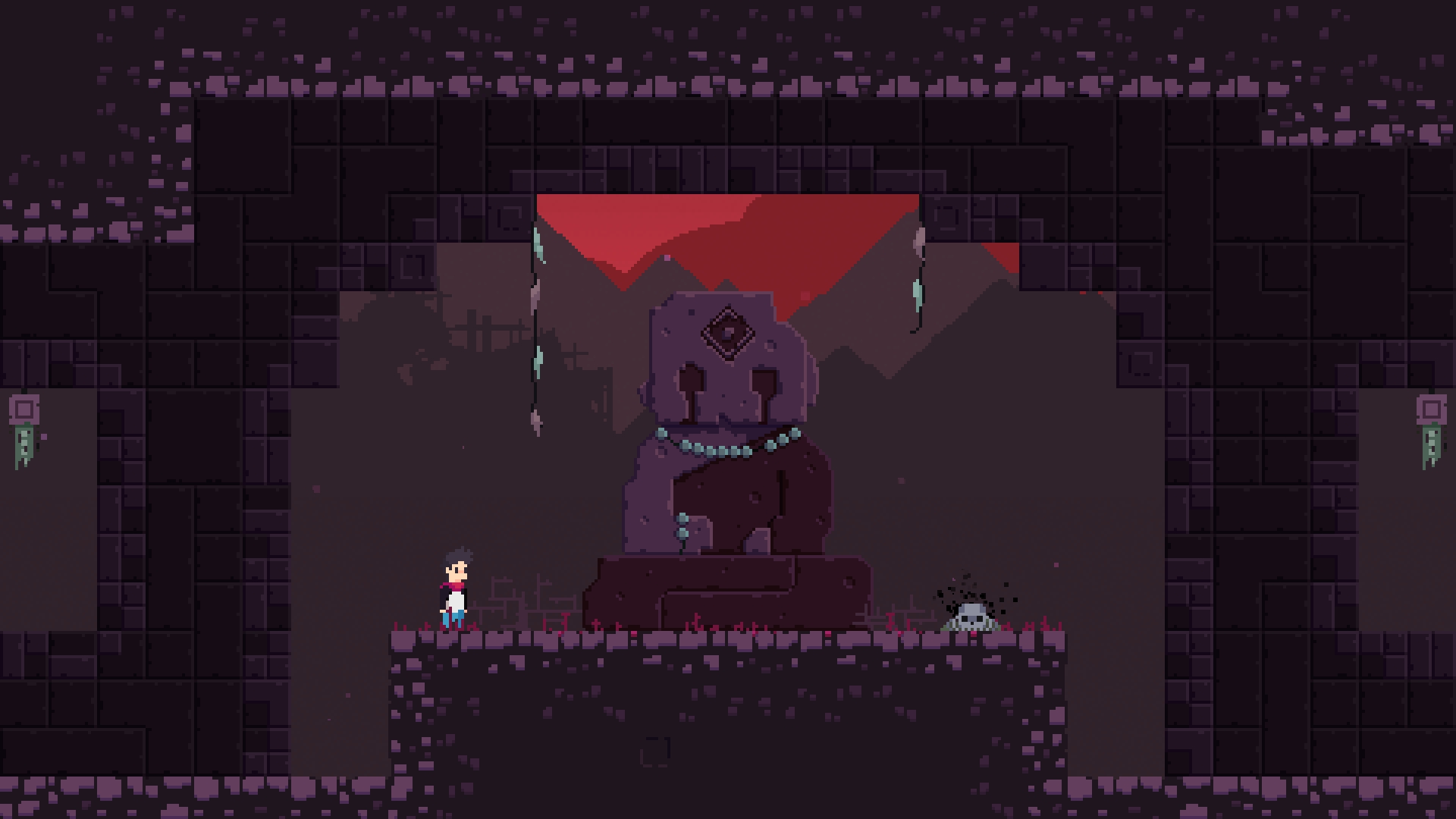

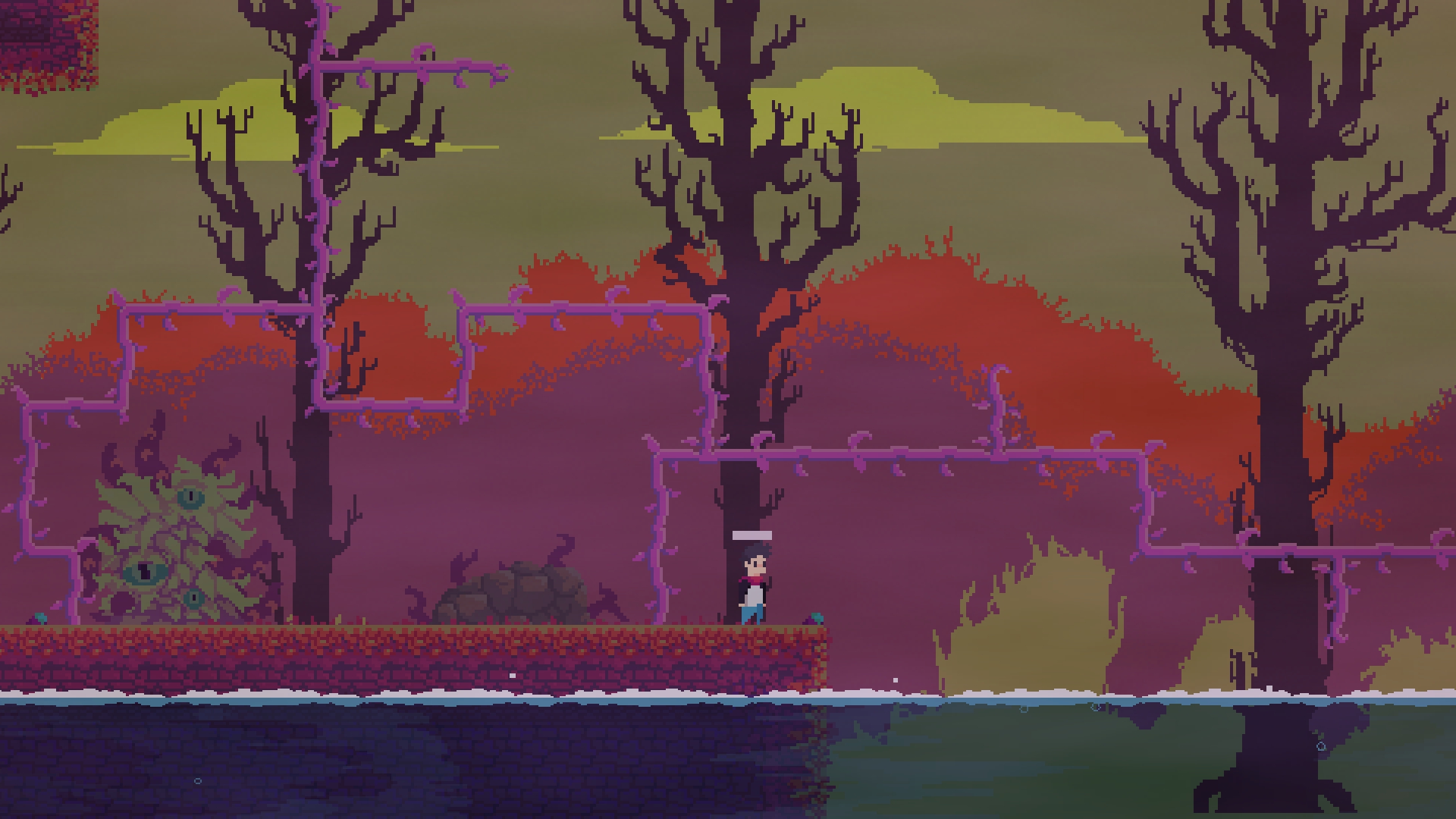
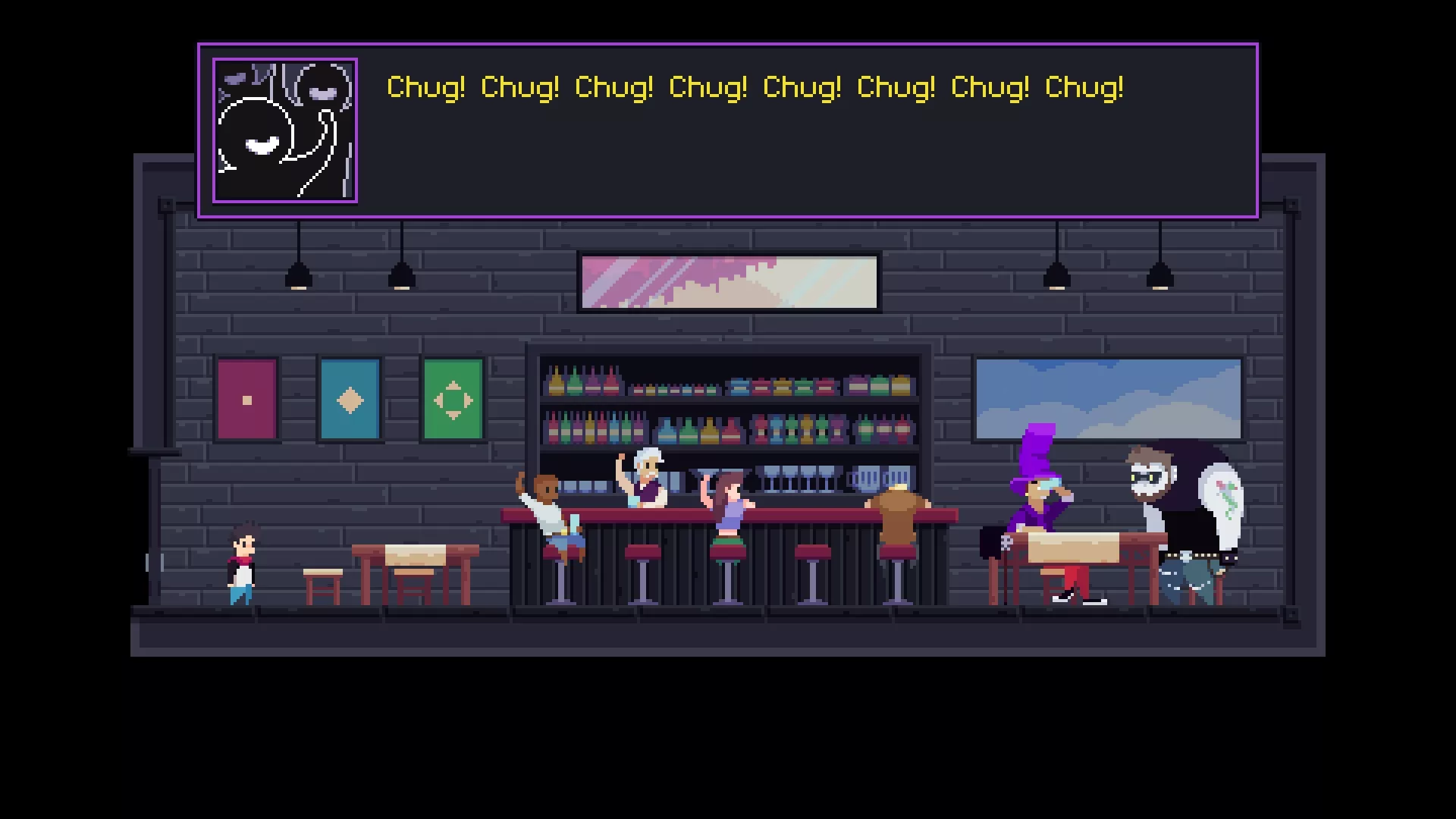
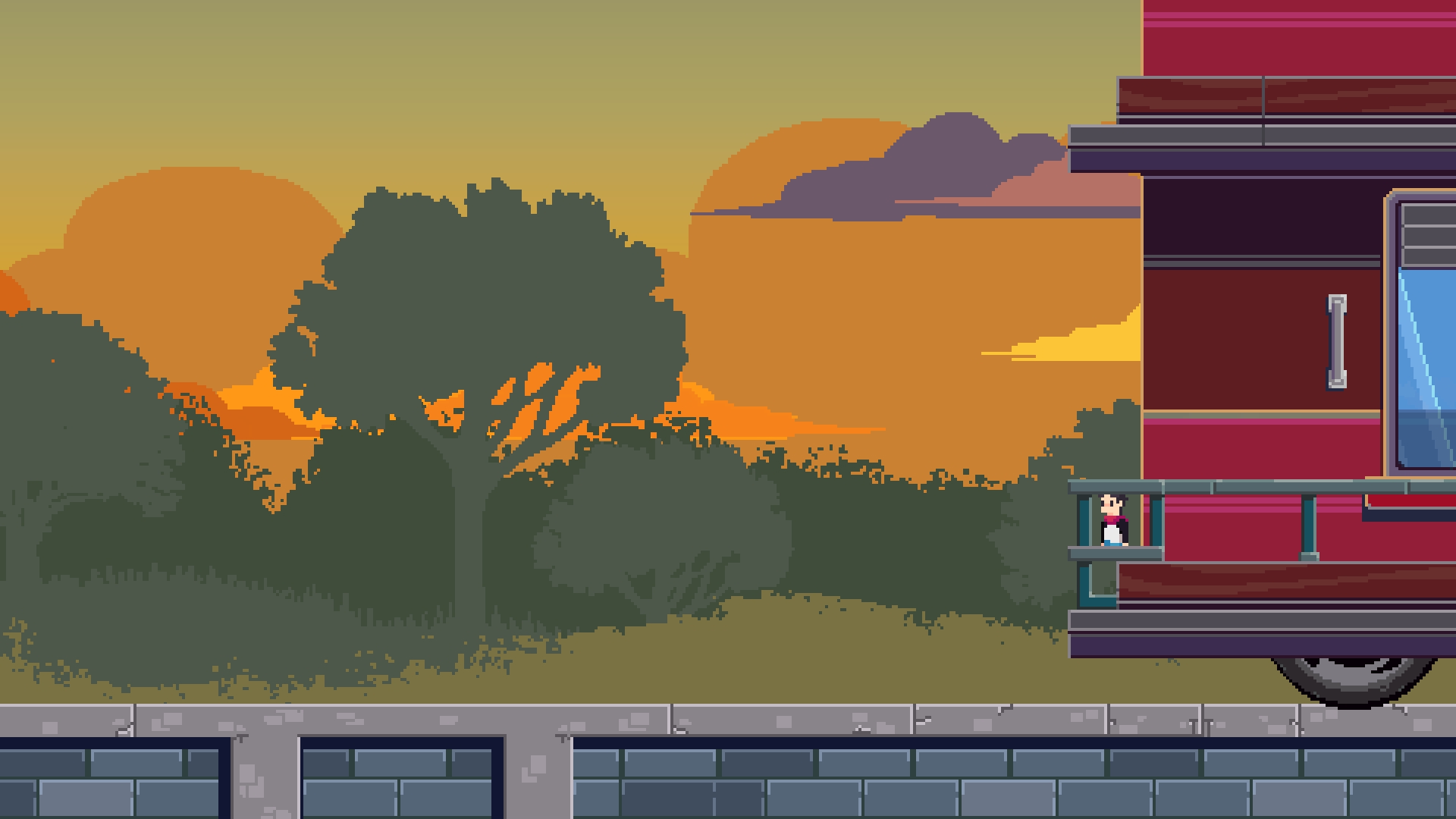



In the interest of full disclosure, the publisher provided VGamingNews with a copy of the game in order to conduct this review.






